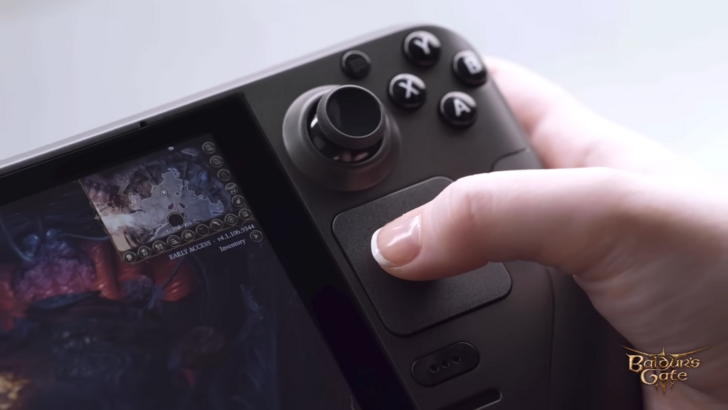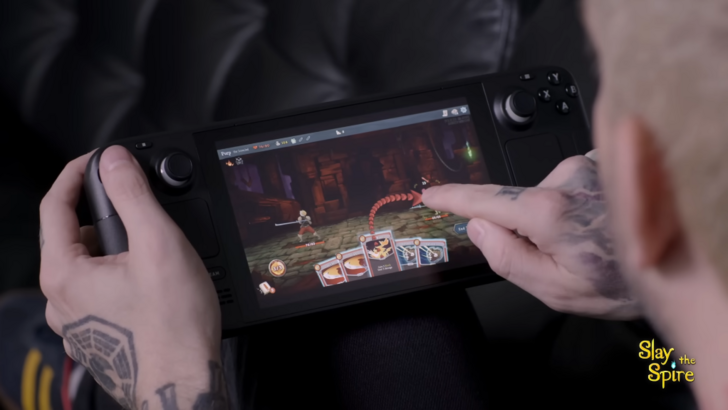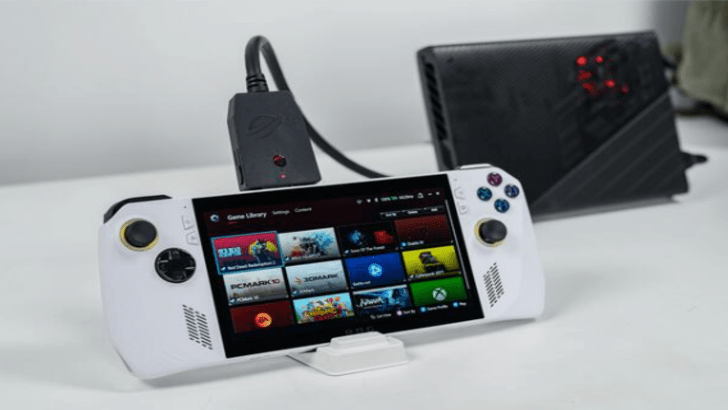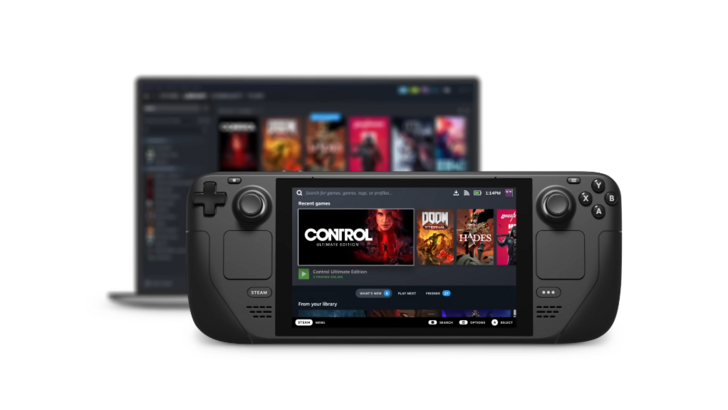
Valve's Steam Deck bucks the trend of annual hardware upgrades seen in the smartphone market. This article explores the reasoning behind Valve's decision, as explained by designers Lawrence Yang and Yazan Aldehayyat.
Valve Prioritizes Substantial Upgrades Over Annual Iterations

The Steam Deck will not receive yearly updates, according to Valve. Yang stated that annual releases are unfair to consumers, offering only incremental improvements. Instead, Valve aims for significant, "generational leap" upgrades, prioritizing substantial advancements over frequent, minor changes. Maintaining battery life is also a key consideration.

Aldehayyat highlighted Valve's focus on addressing user needs and improving the PC gaming experience outside of traditional desktop setups. While acknowledging room for improvement, they welcome competition, viewing it as beneficial for gamers. They specifically cited the Steam Deck's touchpads as a valuable feature lacking in competitors like the ROG Ally.

Regarding the OLED Steam Deck, Aldehayyat noted that variable refresh rate (VRR) was a desired feature that couldn't be implemented in time. Yang clarified that the OLED model was a refinement of the original, not a second-generation device. Future improvements, including enhanced battery life, are being explored, but technological limitations may necessitate a longer wait for a truly upgraded successor.

While competition from devices like the Asus ROG Ally and Ayaneo products exists, Valve doesn't view this as an "arms race." They celebrate the innovation spurred by the Steam Deck and welcome the diverse design approaches of competitors, focusing on the overall improvement of the handheld PC gaming experience.
Steam Deck's Australian Launch and Global Availability
The staggered global rollout of the Steam Deck, with its recent official launch in Australia in November 2024, may have influenced Valve's approach. Yang attributed the delay in Australia to logistical complexities and the establishment of necessary infrastructure for sales, support, and returns. Aldehayyat emphasized that Australia was always part of the plan but lacked the proper channels for official sales and support until recently.

The Steam Deck remains unavailable in several regions, including parts of Southeast Asia and South America. While users can obtain the device through unofficial channels, they lack access to official support, warranties, and accessories. Conversely, the device is widely available in North America, Europe, and parts of Asia.









